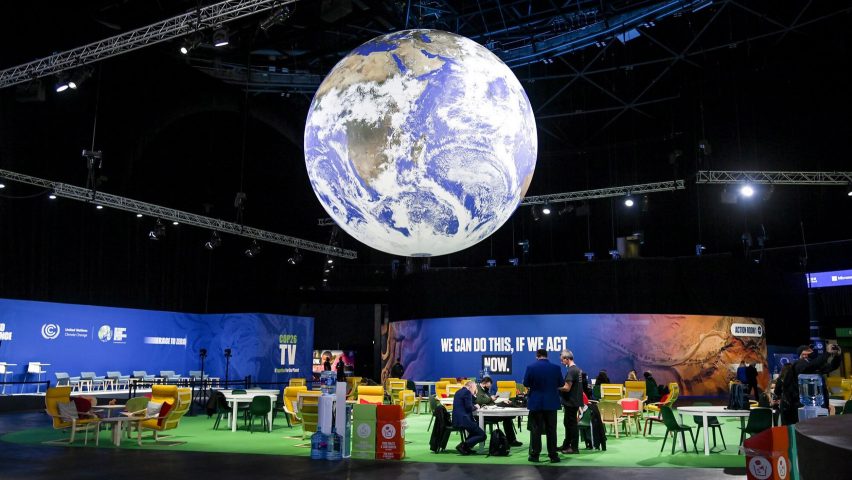
COP26 was "better than nothing but clearly insufficient" according to architects who were there
Figures from architecture and the built environment who attended COP26 have given the climate conference low marks while praising the energy of the fringe events and hoping that politicians' words will now be followed by action.
"It's just a start when it's almost too late," said Andrew Waugh of Waugh Thistleton Architects, who gave the conference a score of just one-and-a-half out of ten.
Waugh was one of the ten attendees interviewed by Dezeen ahead of the Glasgow conference, saying he hoped it would bring "an optimism of what a greener future could bring".
Royal Institute of British Architects (RIBA) president Simon Allford gave a much higher score, rating COP26 six-and-a-half out of ten. "It's been good – but it's what happens next that really matters," he said.
Hélène Chartier, head of zero-carbon development at international network C40 Cities, said it was "better than nothing but clearly insufficient," giving it a score of five out of ten.
After a fortnight of negotiations, the 197 countries participating in the summit agreed the Glasgow Climate Pact, a commitment for more urgent cuts to greenhouse gas emissions and bigger contributions to help poorer nations deal with the effects of global heating.
But the measures within the pact are not enough to limit temperature rises to the important benchmark of 1.5 degrees Celsius and the language around coal, the most polluting fossil fuel, was watered down following a late intervention from China and India.
Read on to hear what other architecture and built environment figures felt about COP26:
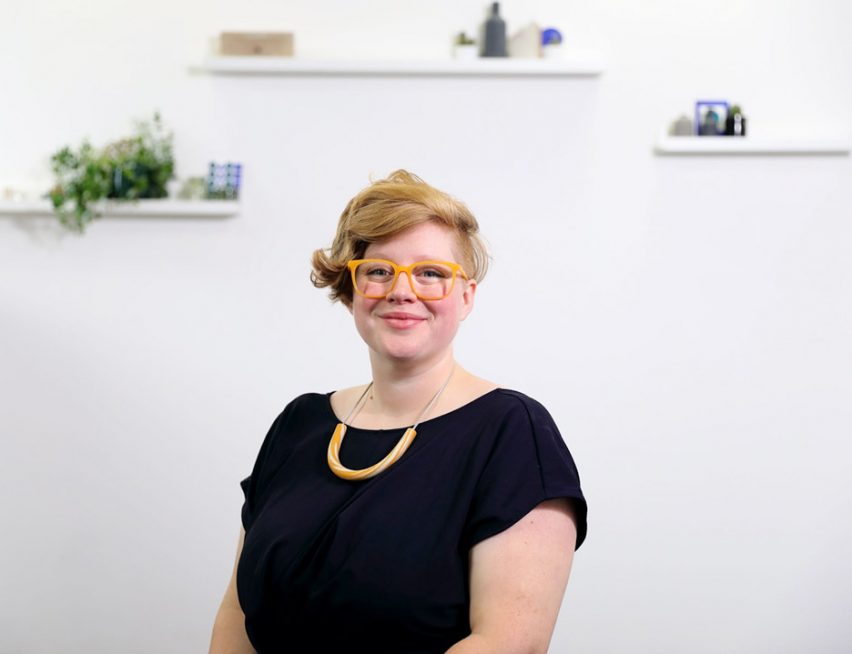
"Like many, I am disappointed" says Glasgow architect Becca Thomas
How did it go? Like many, I am disappointed in the final agreement, which doesn’t do nearly enough to protect those in the Global South, those in already precarious neighbourhoods across the world. Generally, I think that the interests of a very small minority are being held up against the majority’s needs for a world that isn’t on fire, crumbling or flooded.
That said, I think the atmosphere in Glasgow, the bringing together of communities of interest from across the world, has been awe-inspiring and certainly will make many of us think more about our individual contributions and the exponentially larger effects we can have by changing "business as usual" when it comes to buildings and urban planning. The formal agreements are a letdown but the collective action and desire for change are a little more hopeful.
What were the highlights? The fringe events were definitely my highlight. From comedy hosted by ACAN and Architecture Fringe to learning about retrofit at The New York Times Climate Hub and exploring futures with Anthropocene Architecture School at The Sustainable Glasgow Landing.
These were moments of brightness and laughter in between the slight discomfort of trying to move around the city and remembering which roads and cycle routes were shut!
What was missing? The complete lack of discussion around active travel as a route towards net-zero and liveable cities was a real disappointment. If walking, wheeling and cycling don't feature in our solutions, I really believe we have missed a trick.
Simply replacing the vehicles we already have with electric ones will not make our cities better places to live, work and play which should be something we are striving for alongside a reduction in emissions.
Marks out of 10? Eight out of 10 for the optimism that comes from seeing communities and grassroots organisations come together in a collective voice but three out of 10 for the action I think will arise from the Glasgow agreement. I don't think that the governments or corporations in the negotiating rooms have shown they are willing to make the big changes our world needs.
Becca Thomas is creative director at Glasgow studio New Practice.
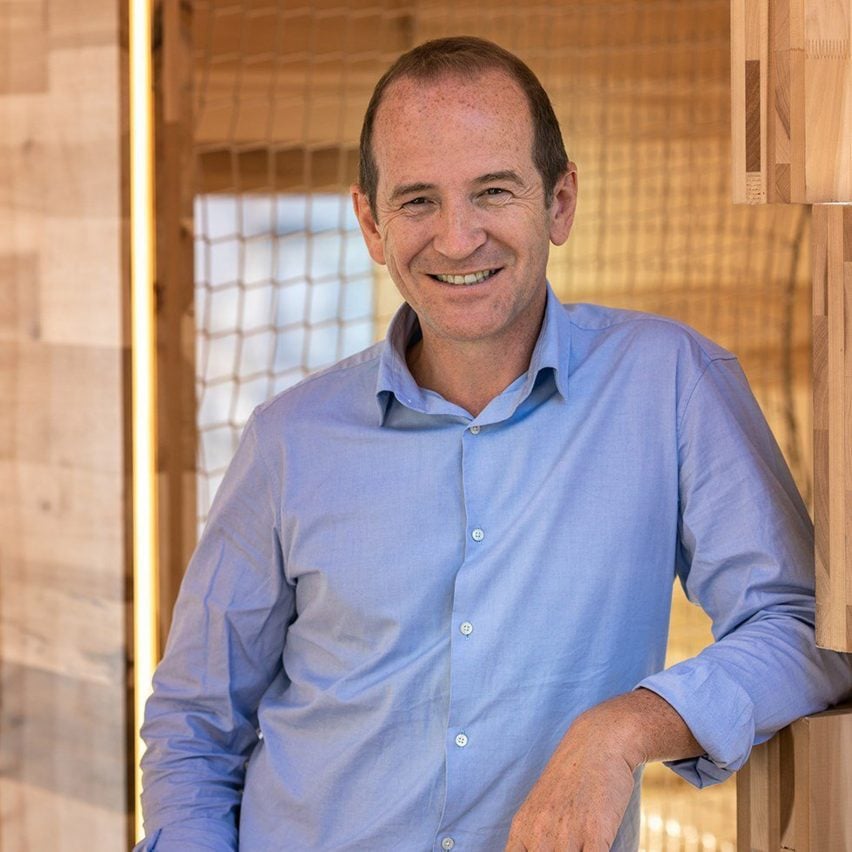
"It's just a start when it's almost too late" says London-based architect Andrew Waugh
How did it go? I think it went better than I anticipated. There doesn't seem to be too much respect for the UK government internationally and many of the really tough ambitious targets raised in Paris are reaching their due date – but actually more was accomplished than not.
It felt the world was earnestly listening, but so much more to do. What was fascinating was to see how people influence each other – to watch how two weeks of talking about our climate emergency began to really shift opinion – but ultimately, just not enough.
What were the highlights? David Attenborough and Extinction Rebellion. What would we do without either of them? It would feel pretty hopeless.
What was missing? Environmental targets must be science-based and fair. We need to report our carbon dioxide emissions based on how much we consume, not how much we produce, which are about half as much!
Marks out of 10? One and a half. It's just a start when it's almost too late.
Andrew Waugh is director at London studio Waugh Thistleton Architects.
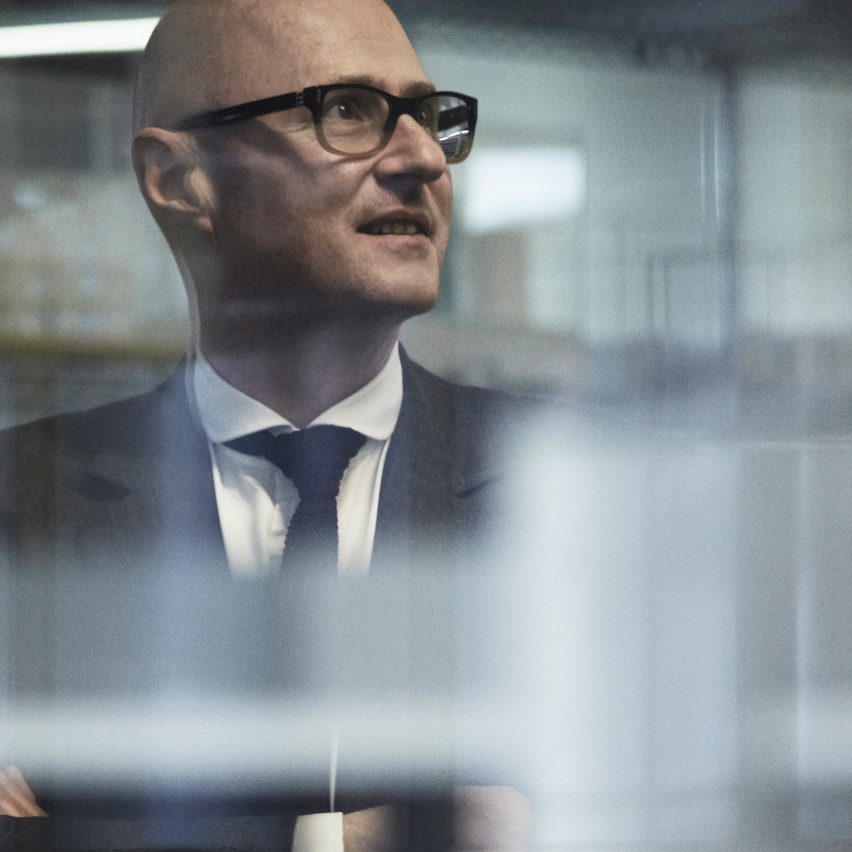
"It's what happens next that really matters" says RIBA president Simon Allford
How did it go? It certainly brought the scale of the crisis to the fore and, thanks to global media attention, sent messages far and wide about the part we must all play. Cities, Regions and Built Environment Day was particularly encouraging and a stark reminder of our sector’s role and unique ability to avert and adapt to this crisis.
We clearly need more ambitious regulation, but while we're waiting we can scale and speed up our own capabilities using the RIBA 2030 Climate Challenge targets as our blueprint.
What were the highlights? The Cities, Regions and Built Environment Day. This was an opportunity to hear from so many sector experts. Some of the projects and schemes shared throughout the day really exposed and demonstrated the UK's ability to help lead the global built environment in this fight.
Everyone recognised the need for the phrase of the day: "deep collaboration". I feel lucky to have attended the jamboree and I learnt a lot but now we all need to return to practice and get very specific. That means working with clients, consultants, constructors and communities to design and build the low-carbon future.
What was missing? I think COP26 did a pretty good job of raising awareness of the biggest carbon producers. Importantly, energy, transport and – of course – buildings were all put into the spotlight.
In terms of the final pact, despite the disappointing weakening of language around the phasing out coal and fossil fuel subsidies, the agreement thankfully keeps the goal of limiting global warming to 1.5 degrees Celsius alive. But ultimately, these are words on paper.
Marks out of 10? Six and a half. It's been good – but it's what happens next that really matters.
Simon Allford is president of the RIBA and executive director at Allford Hall Monaghan Morris.
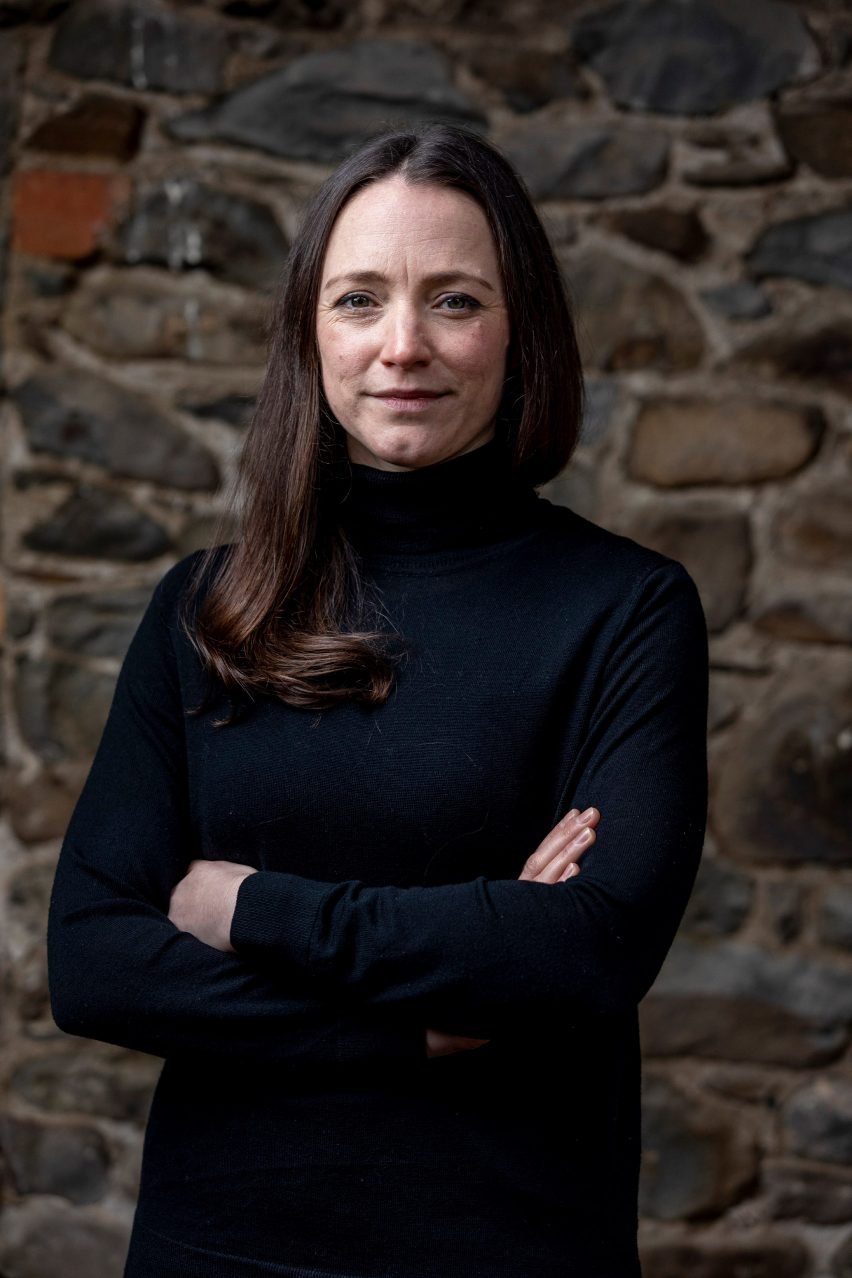
"The dedication of the next generation was incredibly moving" says RIAS president Christina Gaiger
How did it go? I feel that there were three sides to the COP26 conference, the global agreement discussions, the Blue Zone knowledge sharing and the peripheral energetic fringe events.
The overarching agreement was no doubt disappointing and has left me with a pit in my stomach wondering how much deforestation they can fit into eight years, alongside the catastrophic effects that temperature rises will have on certain areas. The solace for me was found in the Blue Zone and the peripheral events, with debate, collaborative discussion and real energy for change.
What were the highlights? The Fridays for Future march. The dynamism and dedication of the next generation was incredibly moving, alongside the powerful talks from representatives worldwide.
What was missing? From a UK and Scottish perspective, VAT reduction for retrofit works and for repair and maintenance to existing buildings. There was a consciousness throughout events that construction accounts for 38 per cent of total global emissions.
However, even with a lot of discussion on adaptive reuse, the retention of buildings and retrofit, the topic of VAT parity was avoided, which is essential in order to bring policies in line with our priorities.
Marks out of 10? This is a hard question. For me, it is not COP26 that necessarily needs to be a success, but the subsequent action, from nations, regions, industry and individuals which must follow.
Christina Gaiger is president of the Royal Incorporation of Architects in Scotland.
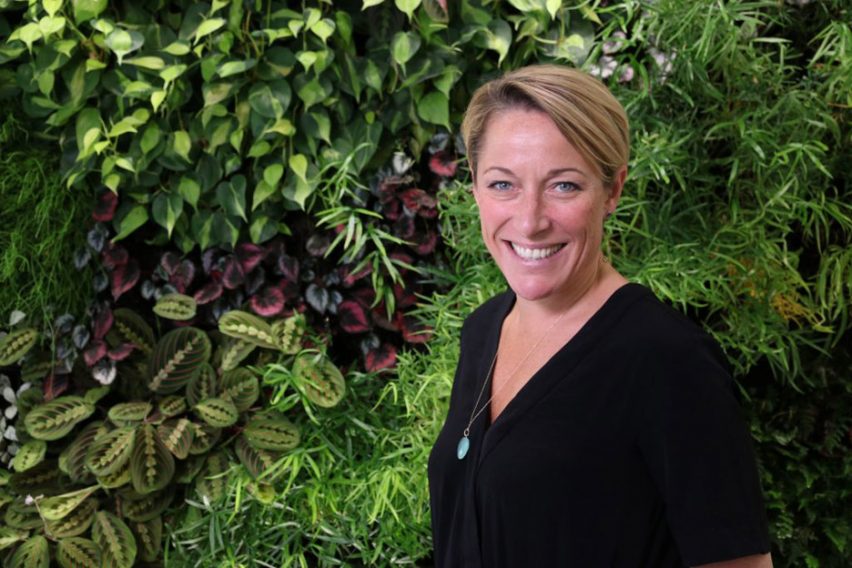
"We must welcome each positive as much as we berate the disappointments" says UK Green Building Council boss Julie Hirigoyen
How did it go? It's been a whirlwind couple of weeks at COP26, with most of the drama reserved for the final moments of negotiations. And while Glasgow has certainly not guaranteed a 1.5 degrees Celsius limit, in the words of UN High Level Champion for COP26 Nigel Topping, "it has kept the prospect of achieving it alive", which is crucial.
Is this sufficient progress? No, not given the scale and urgency of the emergency we face. But does it represent progress and a step in the right direction? Absolutely. We must recognise the huge divergence in the interests of the global North and South respectively, and welcome each positive action or initiative as much as we berate the disappointments.
What were the highlights? I feel important progress has been made for the built environment sector – which is a definite highlight for UKGBC and other Green Building Councils globally.
The property and construction sectors are now much better represented in the Race to Zero than they were even just a year ago, with $1.2 trillion real estate assets under management now part of Race to Zero, and the percentage of construction companies in the race doubling in the two months prior to COP26. A further major highlight for us was our COP26 Built Environment Virtual Pavilion, Build Better Now.
What was missing? This COP has been labelled as one of the least inclusive moments in climate action history. The final text of the Glasgow Climate Pact was negotiated and "designed by committee" in windowless white pods at the back of the Blue Zone, where we mere "observers" have no right to be.
And outside, climate activists took to the streets of Glasgow and demanded climate justice for all, particularly for those from the Global South. So I would say that the voices of those communities most vulnerable to climate change could have had more attention.
Marks out of 10? I don't think you can rate life and death issues out of 10. Even 1.5 degrees Celsius shouldn't be a 10 because it already represents death, destruction, displacement and disruption to economies all around the world.
But if Glasgow has kept the possibility of 1.5 alive, then it is moving us a bit further away from zero [marks out of ten], which has to be a good thing.
Julie Hirigoyen is chief executive of the UK Green Building Council.
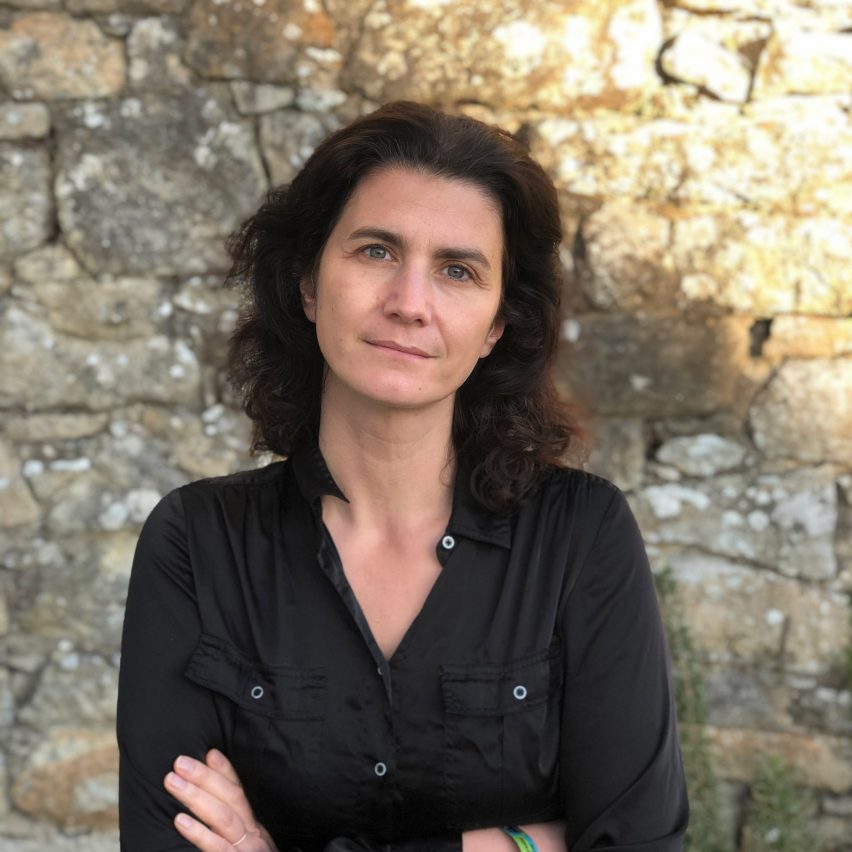
"Better than nothing but clearly insufficient" says Hélène Chartier of C40 Cities
How did it go? I think that despite new momentum, COP26 only delivered incremental progress when we clearly need big breakthroughs. I think this is clearly showing us that COPs are important but we cannot rely on COPs and nations to save the world from climate breakdown.
What were the highlights? I think the sector-specific agreements on forests, coal, cars, methane, and pledges to stop overseas fossil fuel finance have the potential to make significant inroads into cutting emissions (maybe even more than the final agreement) – but they will require translation from national governments into clear policies and plans.
What was missing? Progress made in the built environment sector is poor, compared to transport for example. This is quite disappointing and clearly not enough to transform the industry that is responsible for 40 per cent of global emissions.
Also, most nations' targets focus on domestic emissions and do not include emissions associated with imported goods. This is an important problem – a country should be responsible not only for the emissions produced on its territory but also for the "imported emissions".
It would be a significant paradigm shift that would force nations to tackle unsustainable lifestyles and consumption patterns and would require greater involvement of citizens.
Marks out of ten? Five. Better than nothing but clearly insufficient.
Hélène Chartier is head of zero-carbon development at international network C40 Cities.
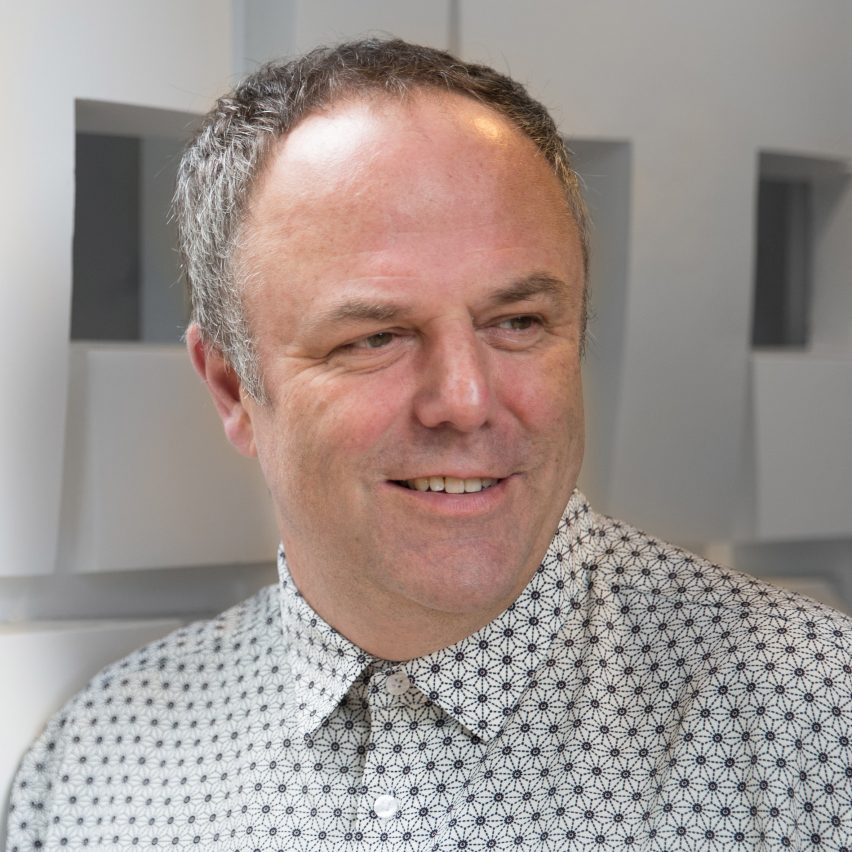
"COP was brilliant at bringing people together" says Tokyo-based architect Mark Dytham
How did it go? From where we sat [hosting a Pecha Kucha event as part of the After the Pandemic (ATP) fringe event] in the centre of Glasgow, it was great! What COP26 was brilliant at doing was bringing so many people with the same agenda together, and the off-conference conversations were where I think it was really happening.
What were the highlights? You would think it was President Obama visiting our event but it was actually the students aged nine and 10 from Stow Primary School in the Scottish Borders, who made impassioned Pecha Kucha presentations about how they would "#GetOnWithIt." It was heartening to see the students repeatedly steal the spotlight from the adults, with remarkably practical solutions and clarion calls for action.
What was missing? The voice of young people. There should be more programs like the ATP space, which engage in the months leading up to, during and after COP26. No matter what the final outcomes of COP26 point to, we know that young school and university students "get it".
Marks out of ten? That's a tough question. For us, COP26 was an exciting, inspiring, and delightfully exhausting two weeks. The fact that it happens at all means it should get a 10, but who should be really marked are the people who go on to make policy – but that's another story.
Mark Dytham is co-founder of Tokyo-based studio Klein Dytham Architecture.
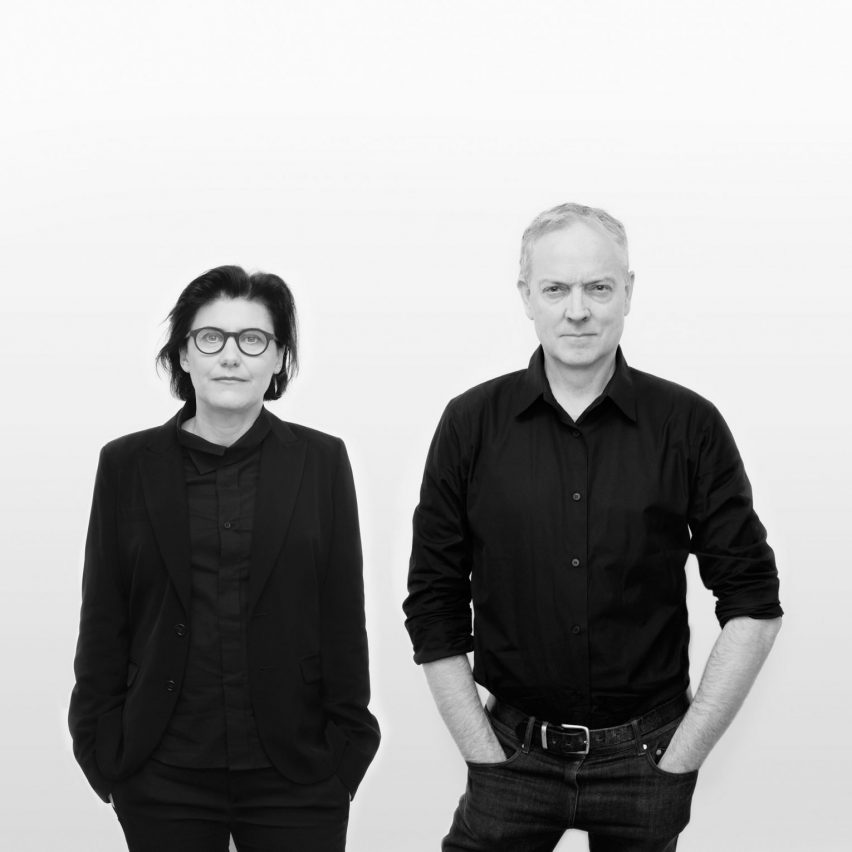
"COP is closed-doors, and that's a huge problem" say Paris-based architects Dominique Jakob and Brendan MacFarlane
How did it go? Was COP26, quoting Greta Thunberg, "a failure"? In our opinion, yes and no. Why yes? Because governments and institutions have signed the Climate Pact, but it's not binding yet. That's where the major problem is. Because, until this is followed by introducing relevant legislation in each country, will people follow? There will always be a "they aren’t doing it, so I'm not gonna do it either" attitude.
Why not a failure? Because we believe that the world coming together to agree on a way forward is a positive thing. A major realisation that a thing like climate change will impact us all, no matter what our differences are, has united everyone around a common goal.
What were the highlights? At Glasgow’s Landing hub, Jakob+MacFarlane together with artist and activist Uili Lousi presented the film TongAbove to an audience of mostly very young people.
We were astounded by the conversation we had with the audience, and by the questions these young people were having about their future. The fact that they felt they needed to be there at COP is vital. That's something we took back with us as a very strong image.
What was missing? Accessibility and accountability. One of the strange aspects of the COP ambience was how the Blue Zone where major political entities convened was completely out of reach to anyone without a security pass.
It felt bizarre, because, on one hand, we speak of a forum where everyone can express their concerns and share their ideas, while on the other hand there is this division between those who have access and those who don’t. COP is closed-doors, and that’s a huge problem. We believe that the discussions at COP should be made transparent and universally accessible online.
Marks out of ten? Four. It’s essential that such an extraordinary event exists but, in order to be truly relevant, it needs to become much more open, transparent, and uncompromising.
Dominique Jakob and Brendan MacFarlane, founders of Paris-based studio Jakob+MacFarlane.